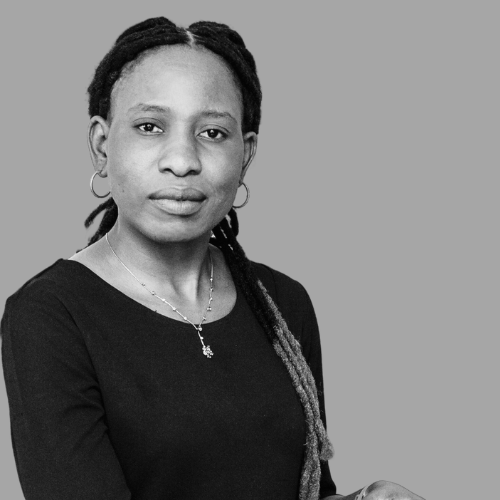Local bonds soar, while risk assets endure rising volatility and falling returns.
Despite positive signs of a turnaround in South Africans’ prospects in the first quarter of 2018, investors endured a very difficult period. Indeed, it was a perfect storm for investors in risk assets, with local equity markets delivering one of the worst quarterly returns since the Global Financial Crisis. In what was an eventful quarter, President Cyril Ramaphosa seized the countrys top job and moved as quickly as he possibly could to begin the process of lifting confidence in South Africa. Moves included what seemed to be a strong influence over the budget, a well thought out cabinet reshuffle and a strong focus on realigning State-Owned Enterprises. All these developments were positively received by investors, with the rand appreciating significantly and credit ratings agency Moody’s affirming South Africa’s investment grade rating on a stable outlook. A stronger rand, however, gave many investors headaches in the first quarter, with the dominant names in the index tracking downward due to their large offshore earnings components. Many moves were stock specific too, such as Naspers, which ended the quarter down 16% and was the largest detractor from the performance of the FTSE/JSE All Share Index. In addition to this the first quarter saw the return of global market volatility on the back of geopolitical tensions, US Tech sector issues and most importantly an upwardly shifting interest rate environment in the U.S.
Naturally this increase in volatility was coupled with losses, which combined with a stronger rand, hurt investor returns across global assets. Looking again at the domestic picture, it was the ongoing saga in the listed property market that came into sharp focus. Specifically, companies linked to the Resilient group fell dramatically on the back of widespread reports of impropriety ranging from director dealings to accounting policies, which resulted in heavy losses for local listed property. On the positive side, local bonds delivered very good returns in the first quarter benefitting from the improving domestic backdrop.
Rising confidence in South Africa’s political and economic prospects was an important driver of returns over the quarter, with ‘SA Inc’ assets and the rand benefitting. In terms of South African focused assets, local bonds were the standout performers, with retail and banking sectors within the local equity market also showing relatively good performance. In addition, a stronger rand negatively impacted the ‘rand-hedge’ component of the market, which continues to be sizeable. On the back of these local asset class returns, the largest unit trust categories provided negative returns in the first quarter, with higher equity exposure corresponding to lower returns. Compared to the FTSE/JSE All Share Index’s return of -6.0%, the South African Multi-Asset categories’ performance were decided by levels of exposure to risk assets: High Equity (-3.6%), Medium Equity (-2.9%), Low Equity (-1.3%) and Flexible (-3.6%). Despite a negative return, the General Equity category outperformed the index, with a return of -4.7% for the quarter.
More broadly, global markets encountered significant turbulence in February and March after a strong start in January. Emerging equity markets continued to outperform developed markets in the first quarter, eking out a positive quarterly return in US dollar terms. Given this backdrop, it should not be a surprise that risk assets underperformed income-focused assets in the first quarter. The result was severely dampened returns from offshore categories, with higher exposure to equities corresponding to lower returns.
The first quarter of 2018 proved to be one of the worst quarters for risk assets since the Global Financial Crisis, as the resilience of the global bull market came under scrutiny. We have cautioned for some time against unbounded confidence that has led to ever higher asset valuations in certain areas of the market. Our focus continues to be on fundamentals, with a firm understanding that it is the price that one pays for assets that ultimately determines one’s long term returns.



























